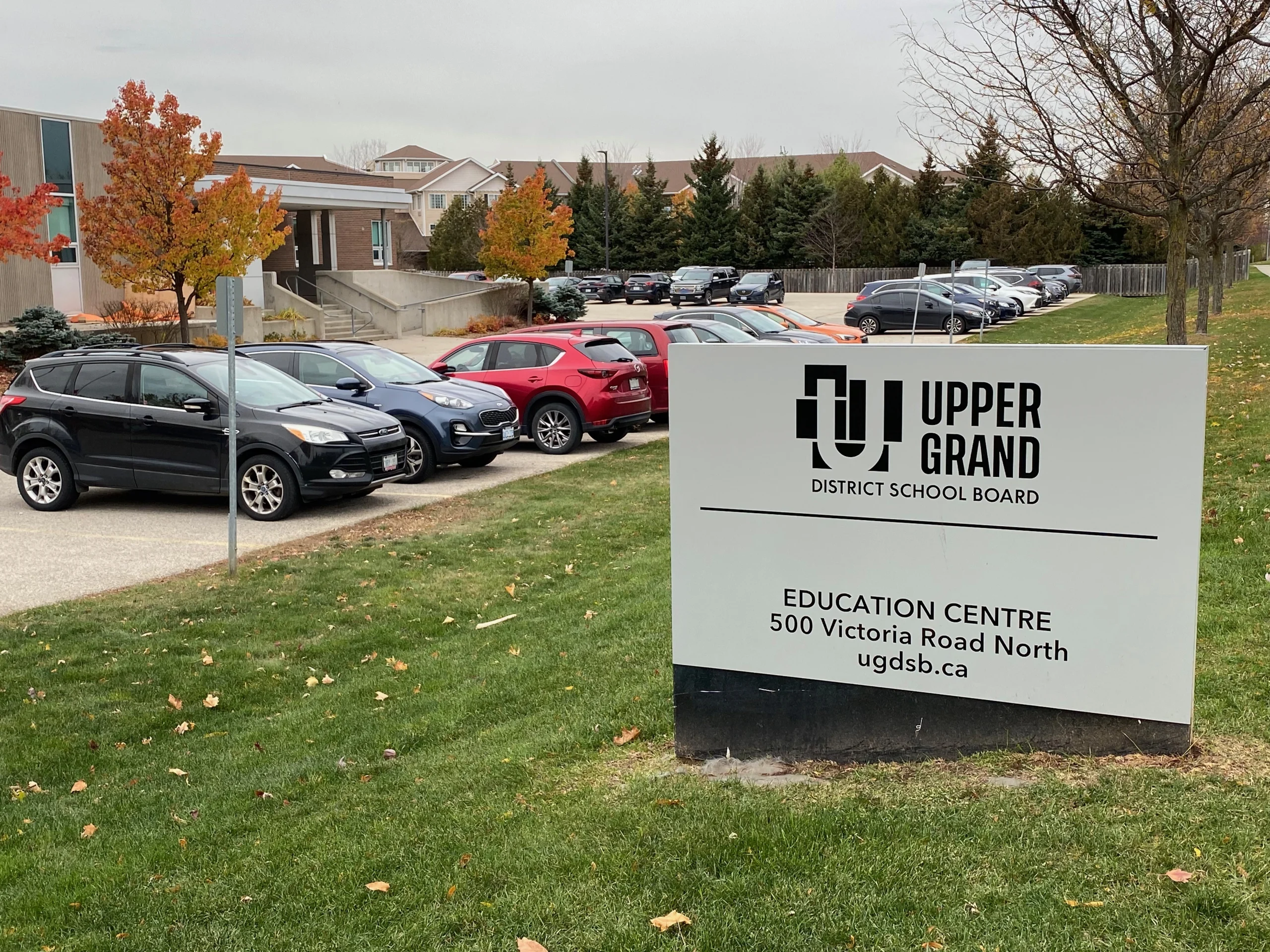Warmer weather is approaching Guelph, and a children’s health advocacy group is advocating for relief for students and educators throughout Canada who are in classrooms without air conditioning.
At present, there are 10 schools in the Upper Grand District School Board (UGDSB) lacking air conditioning.
Erica Phipps, the executive director of the Canadian Partnership for Children’s Health and Environment (CPCHE), emphasized the importance of addressing this issue promptly.
She stated, “It is crucial to strategize, invest, and establish schedules for school upgrades to gradually enhance cooling systems in all schools.
According to a recent CPCHE report, extreme heat negatively impacts children’s well-being and learning capabilities.
Heather Loney, the UGDSB spokesperson, acknowledged the challenges of retrofitting older structures.
She explained that due to the aged infrastructure, installing air conditioning in older buildings like Victory Public School, which is more than a century old, presents unique obstacles.
The process of integrating air conditioning into such a building greatly differs from newer schools,
Loney remarked.
Phipps highlighted the group’s appeal to various levels of government to enforce a policy setting the temperature limit in educational facilities at 26°C. The CPCHE proposed several cost-effective climate resilience strategies both inside and outside classrooms, such as installing window blinds or shades to reduce solar heat, providing guidelines on fans and tree cover, and using light-colored roofs.
In addition to governmental bodies, the CPHE’s call to action includes educators and parents in the affected communities.
We urge parents, educators, youth, and others to take up this cause. Bring the call to action to your local school boards, MPs, or provincial authorities. We must collectively emphasize the necessity for action,
she urged.
Phipps stressed that these upgrades should be integrated into regular maintenance routines with a sense of urgency.
Loney mentioned that the board has been actively implementing CPCHE’s recommendations, such as light-colored roofs and tree canopies, and is exploring opportunities to incorporate green energy technologies into affected schools and buildings as part of their multi-year plan.


